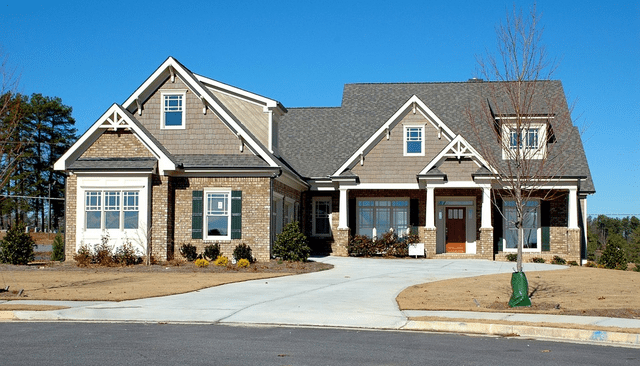Why Is It Important To Know Your Roof Pitch?

A lot of homeowners are not aware of what their roof pitch is and this can be a problem when you want to replace your roof. Before you look at roof replacements, you need to know what your roof pitch is and why this is so important. You should also know how roof pitch is expressed and the different types of pitch that are available.
What Is Your Roof Pitch?
To put it simply, roof pitch is the steepness of your roof. There are some roofs which are steeper than others and they will have a greater pitch. To measure the pitch of a roof, you will be looking at the vertical rise of the roof by the horizontal run. The pitch will generally be expressed as a ratio of rise to run.
The Categories Of Roof Pitches
There are many different types of roof pitches and some will be used primarily on certain types of buildings. A flat roof is one of the categories which are primarily used in commercial buildings. However, these roofs have made gains in the residential sector as well, but they are not very common. For a roof to be classified as a flat roof, it will need to have the smallest possible slope of a 2% grade.
Residential roofs will generally have a greater pitch than commercial buildings. These roofs will generally have a pitch of 3:12 or more. The steep slopes will offer buildings and their owners a range of benefits that you should consider.
Why Your Roof Has A Pitch
The pitch of your roof is there for a reason and you need to know what this is. The pitch makes it easier to drain rainwater from the roof which will lengthen the lifespan of the roof. If you have a roof that does not drain correctly, it could be subject to rot and mold. The roof may start to degrade long before it should if water is allowed to pond on it.
Pitches roofs will also not be exposed to the UV rays of the sun as much. This might not seem like something that you should worry about, but the UV rays can break down the roof materials. Depending on the roofing materials used, the UV rays could cause discoloration or degradation.
The Problem With Steep Pitches
If your home has a steep roof, there are some drawbacks that you need to know about. The primary drawback is the cost of replacing or repairing the roof. Contractors will generals charge more when they are faced with a roof that has a large pitch. This is due to the fact that special equipment will be needed to safely work on these roofs.
The price of replacing the roof will also increase if the frame of the roof needs to be repaired. Steep roofs will require a greater amount of building materials which could be subject to damage and rot. The frame of the roof will also increase the square footage of the roof which increases the number of tiles and shingles needed as well.
Why The Pitch Is Important
Knowing the pitch of your roof is important if you want to have it replaced. The reason for this is that certain roofing products are made with a set pitch in mind. You will not be able to use roofing products that are made for a pitch of 5:12 on a roof that has a pitch of 3:12. Additionally, there are many roofing products that cannot be placed on roofs that have a pitch lower than 3:12.
It is recommended that you know what your pitch is to ensure that you are never sold roofing products that will not fit your home. When hiring a roofing contractor, they should be asking about the pitch or taking the time to measure this. If they are not, you should consider not using them because they could try to recommend products that are not suited to the pitch of your roof.
The pitch of your roof is important because it ensures that water is able to drain correctly. It is recommended that you know the pitch of your roof and never work with a contractor that does not ask about this.
Read next about the Shingle Calculator.
